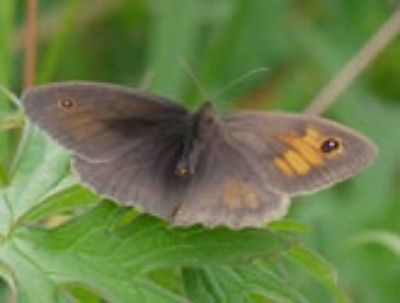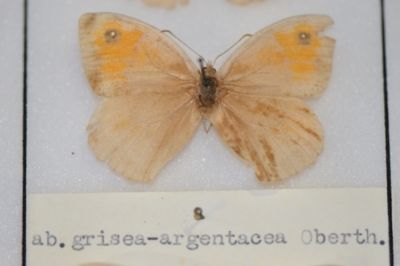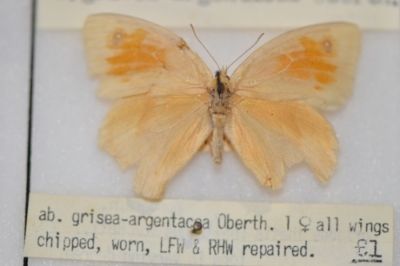Deleted
Deleted Member
Posts: 0
|
Post by Deleted on Oct 20, 2013 12:45:15 GMT -8
He has been in the butterfly trade for quite a while now, his actions are quite well known and the quality of some of his stuff leaves a lot to be desired. The only thing to be done is to give his auctions a wide berth and to inform as many people as possible about his deception, it is frustrating, I sell genuine British stuff of spares I may have couple of times a year to help pay for christmas and suchlike but it sows a seed in peoples minds as to the true origin of the specimens, as I said before, money above all else is the motivation and to hell with the contamination caused by fake specimens and data, some of us try so hard to build up a complete picture as possible about the past and present status of our countries species only to have people ruin it all to make a few quid, it makes my blood boil.
|
|
|
|
Post by nomad on Oct 20, 2013 23:39:29 GMT -8
Getting back to the box of Maniola jurtina and other Satyridae aberrations on sale at the AES, these do look like genuine British examples?. I recognize most of the collectors names on the data labels.
|
|
|
|
Post by nomad on Oct 21, 2013 0:05:54 GMT -8
After the arion episode, if you knew this was a dishonest trader who was selling European specimens as British and vice versa, why sell him further examples that he might pass on to unsuspecting collectors  . |
|
Deleted
Deleted Member
Posts: 0
|
Post by Deleted on Oct 21, 2013 2:22:19 GMT -8
Getting back to the box of Maniola jurtina and other Satyridae aberrations on sale at the AES, these do look like genuine British examples?. I recognize most of the collectors names on the data labels.
Yes Peter, I think you are correct on that box being the genuine article.
|
|
|
|
Post by nomad on Jul 18, 2014 22:26:01 GMT -8
|
|
|
|
Post by nomad on Jul 18, 2014 22:45:23 GMT -8
and if that very rare M. jurtina was not enough, this bilateral gynandromorph was seen this July at Alvescot near RAF Brize Norton in West Oxforshire.  Copright - Chris Carter. |
|
|
|
Post by smallcopper on Jul 21, 2014 3:49:30 GMT -8
Alas those images have gone...
|
|
|
|
Post by nomad on Jul 21, 2014 9:10:50 GMT -8
0ops, sorry Jon, I put them back  |
|
|
|
Post by nomad on Jul 21, 2014 11:20:10 GMT -8
Claude's suggestion in this thread that in the original Meadow Brown asymmetrical aberration images that I posted may have been caused by damage to the pupae, such as rain may be correct ? However in a wet climate, you would expect to see a lot more of these, perhaps those seen are the ones that survived such deluges. However, quite symmetrical aberrations are certainly genetic and I believe are worthy of study. Peter. Here are two historical aberrations of ab grisea-argentacea - Oberthur.   |
|
|
|
Post by smallcopper on Jul 22, 2014 7:50:48 GMT -8
Thanks for putting those back... and wowzers, they're stunners!
J
|
|